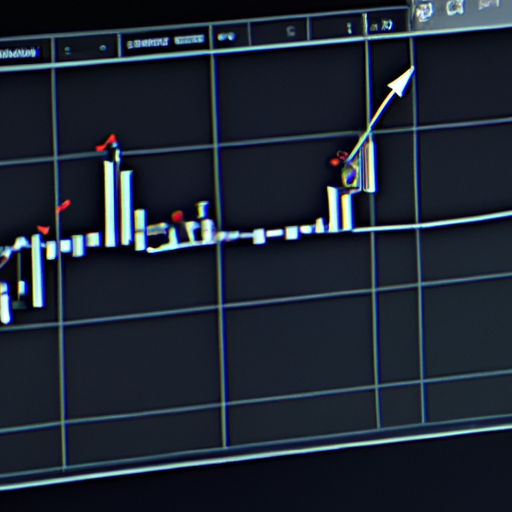- Table of Contents
The Role of Economic Indicators in Forex Trading

Forex trading, also known as foreign exchange trading, is the buying and selling of currencies on the foreign exchange market. It is the largest and most liquid financial market in the world, with trillions of dollars traded daily. One of the key factors that influence forex trading is economic indicators. Economic indicators are statistics about economic activities that provide valuable insights into the health of a country’s economy. In this article, we will explore the role of economic indicators in forex trading and how traders can use them to make informed decisions.
Understanding Economic Indicators
Economic indicators can be classified into three categories: leading indicators, lagging indicators, and coincident indicators. Leading indicators are economic factors that change before the economy starts to follow a particular pattern. Lagging indicators, on the other hand, change after the economy has already started following a particular pattern. Coincident indicators change at the same time as the economy.
Examples of Economic Indicators
- Gross Domestic Product (GDP): GDP is the total value of all goods and services produced in a country. It is a key indicator of economic health and growth.
- Unemployment Rate: The unemployment rate measures the percentage of people who are actively seeking employment but are unable to find jobs. A high unemployment rate can indicate a weak economy.
- Inflation Rate: The inflation rate measures the rate at which prices for goods and services rise. High inflation can erode the value of a country’s currency.
- Interest Rates: Central banks use interest rates to control inflation and stimulate economic growth. Changes in interest rates can have a significant impact on currency values.
Impact of Economic Indicators on Forex Trading
Economic indicators play a crucial role in forex trading as they provide traders with valuable information about the state of the economy. Traders use this information to predict future currency movements and make informed trading decisions. For example, if a country’s GDP growth rate is higher than expected, it can lead to an increase in the value of its currency. Conversely, if the unemployment rate rises, it can lead to a decrease in the value of the currency.
Case Study: Non-Farm Payrolls Report
One of the most closely watched economic indicators in forex trading is the Non-Farm Payrolls (NFP) report, which is released by the U.S. Bureau of Labor Statistics on the first Friday of every month. The NFP report provides information about the number of jobs added or lost in the U.S. economy, excluding farm workers, government employees, and a few other categories.
Traders pay close attention to the NFP report as it can have a significant impact on the value of the U.S. dollar. A higher-than-expected NFP number can lead to a strengthening of the dollar, while a lower-than-expected number can lead to a weakening of the dollar. Traders use this information to make trading decisions and capitalize on potential currency movements.
Using Economic Indicators in Forex Trading
Traders can use economic indicators in a variety of ways to inform their trading decisions. Some common strategies include:
- Using economic calendars to track the release dates of key economic indicators.
- Monitoring news and economic reports to stay informed about the latest developments in the economy.
- Using technical analysis to identify trends and patterns in currency movements.
- Combining fundamental and technical analysis to make well-rounded trading decisions.
Example: Trading the Interest Rate Decision
Central banks regularly announce changes to interest rates, which can have a significant impact on currency values. Traders can use economic indicators such as the interest rate decision to predict potential currency movements. For example, if a central bank raises interest rates, it can lead to an increase in the value of the currency. Traders can capitalize on this by buying the currency before the announcement and selling it after the rate hike.
Summary
Economic indicators play a crucial role in forex trading by providing traders with valuable insights into the health of a country’s economy. Traders use economic indicators to predict future currency movements and make informed trading decisions. By understanding the impact of economic indicators on forex trading and using them effectively, traders can increase their chances of success in the foreign exchange market.
Remember to stay informed about key economic indicators, monitor news and economic reports, and use a combination of fundamental and technical analysis to make well-rounded trading decisions. By incorporating economic indicators into your trading strategy, you can navigate the forex market with confidence and achieve your trading goals.